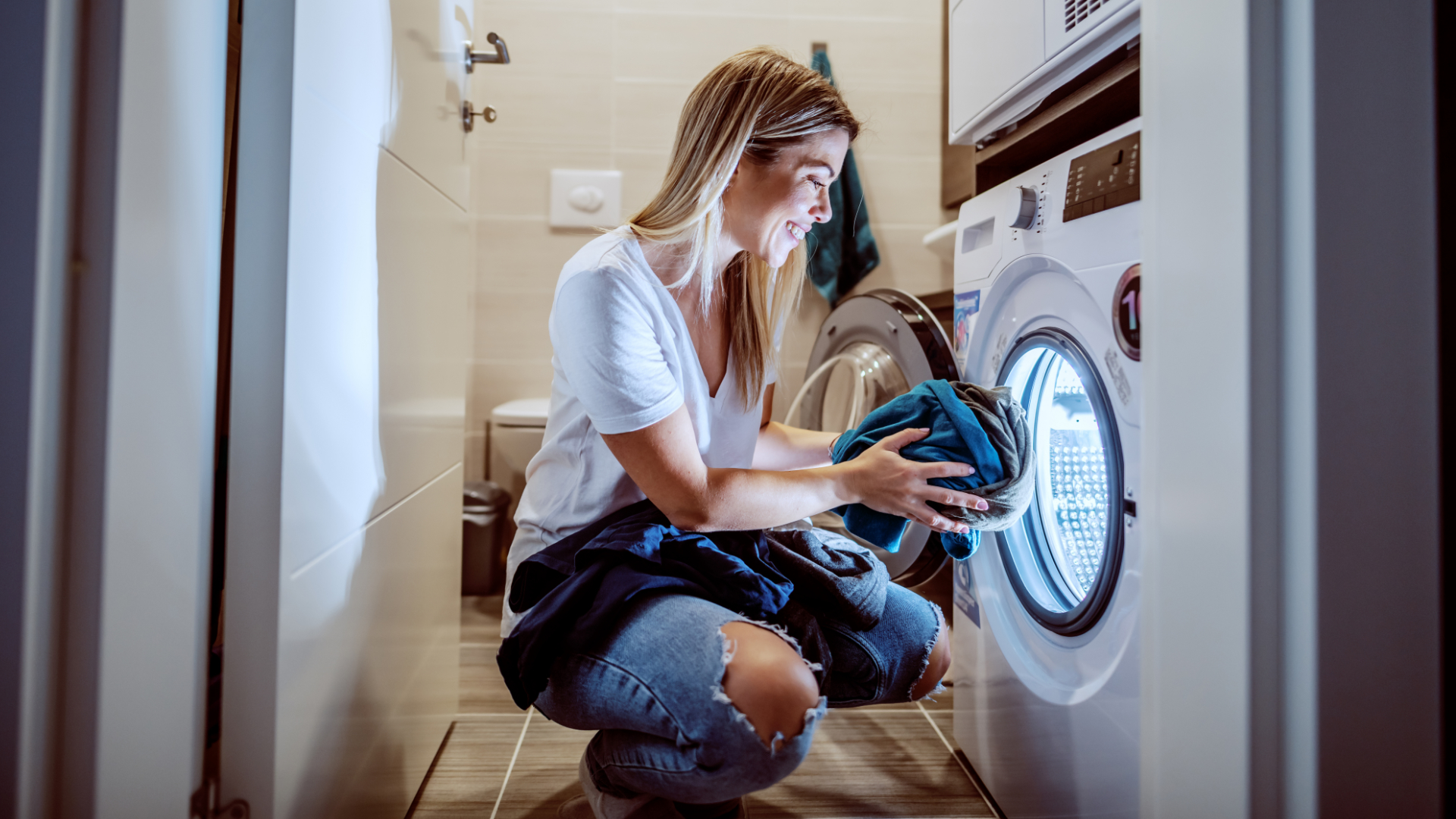
LG is a popular brand that has been making washing machines since the 1960s. Their range includes top-loader and front-loader washers, which are known for their innovative features. If your LG washer is leaking, there are a few common causes that can be investigated and fixed by following this guide.
This guide applies to the following models:
RLM20K
WD-10271BD
WD-11275BD
WD-13276BDM
WD-90282BD
WM2233HW
WM2277HS
WM2301HR
WM2301HW
WM2455HG
WM2455HW
WM2455HW/00
WM2487HRMA/00
WM2487HWMA/00
WM2496HSM
WM2496HWM/00
1. External Hoses
Before making repairs to the inner components of the washing machine, make sure a hose at the back of the washing machine is not causing the leak. Check the inlet hoses and outlet hose for tears, broken couplings, and any other damage that could be causing the leak. The hoses can be removed and replaced using a wrench or screwdriver, but make sure to turn the water supply and power off first.
2. Detergent Dispenser (Front-Loader Washers)
Over time, detergent residue can build up in the dispenser and cause a blockage. Too many suds from using too much detergent has also been known to cause washers to leak. The dispenser could also have a crack in it that is causing a leak. Water leakage through the detergent dispenser can also occur when a small item, like a handkerchief, blocks the flow of water between the dispenser and the drum. This usually happens when there is an issue with the dispenser hose and/or door bellows.
To Check the Detergent Dispenser:
- Remove the detergent dispenser. Most LG washers have a tab that can be pressed down to release the detergent dispenser from the washer.
- Check the dispenser compartment for any objects causing a blockage. Remove any obstructions.
- Wash the detergent dispenser before putting it back into the washer.
- Depending on the model, you may need to remove the top panel on the washer to better inspect the dispenser for damage.
3. Door Bellows / Door Boot (Front-Loader Washers)
One of the most common reasons why a front-loader washer leaks is a tear in the door below. The door bellows or door boot creates a seal between the door and outer tub. Over time, wear and tear can cause the rubber to crack, or a foreign object may sneak into the washer and tear the bellows. If the water leak seems to be coming from the door, it is likely the bellows are responsible. The door bellows should also be kept clean, as lint and hairs can build up and cause a leak.
Most models have two sets of clamps (wire bands with a spring), an outer door bellows clamp and an inner below clamp. The clamps that hold the bellows in place should be checked for rust and defects. If they have rusted or become loose, they should be replaced.
To Check the Door Bellows:
- Inspect the door bellows for cracks and rips. Check also for foreign objects, like nails or paper clips, that may have damaged the door bellows.
- Check that the door bellows are held securely and are not loose. If they are loose, the clamps will likely need to be replaced.
- Make sure the door bellows are clean.
To Remove and Replace the Door Bellows:
Disconnecting the door bellows from the outer tub will depend upon your washer’s model. With some models, you may be able to release the door bellows through a lower access panel at the front. Other models may require the top panel to be taken off, followed by the door panel.
- Disconnect the washer from the power source.
- Turn off the water supply to the washer.
- Find the wire band and spring (clamp) that runs under the door bellows. Use a flat-edge screwdriver to lift the door bellows where the spring is and remove the band.
- Remove the relevant panels to access the door bellows and outer tub.
- Note how the bellows fit to the outer tub. When installing the new bellows, having a photo to refer to may help ensure they are installed correctly.
- Use pliers to remove hoses attached to the door bellows. Most models have several hoses at the top and one at the bottom.
- Use a flat-edge screwdriver to remove the wire and spring (inner bellow spring clamp) holding the bellows to the outer tub.
- Remove the bellows from the tub.
- Use pliers to transfer fittings from the old door bellows to the new one. Be careful not to damage the parts. Use liquid detergent to lubricate the parts if necessary.
- Install the new bellows.
4. Internal Hoses
A water leak that appears to be coming from underneath the washing machine, usually a large quantity of water, is often due to one of the many hoses inside the washer, most often the tub-to-pump hose. Other hoses to check include the dispenser hose and the internal drain hose. Either of these internal hoses can become damaged by foreign objects, like pins or bra wires, that have gotten through the washer’s internal filters.
Checking Internal Hoses
Follow the drain pump instructions below to access the internal hoses.
- Check that the hoses have not become loose and are still connected.
- Check that hose clamps are not rusty or damaged.
- Inspect the hoses for cracks. Using a flashlight, and flexing the hoses, may help to see better.
If any hoses or clamps are damaged, they will need to be replaced.
5. Drain Pump
The drain pump is responsible for draining water out of the tub. Depending on your model, the pump may be electric, direct drive, or belt-driven. Drain pumps can become damaged if a foreign object gets through the washer’s filters and into the pump. It can also crack, or a connection can become loose due to wear and tear. The drain pump bearings can also become worn. While a loose connection can be tightened, if the drain pump is damaged, it will need to be replaced.
Accessing the drain pump will depend on the type of washer you have. Front-loader washers usually require the removal of the top panel and door panel. Top-loader washers may have an access panel at the back or front but will usually require removal of the top panel as well. The pump is located under the tub, at the bottom of the washing machine.
To Check the Drain Pump:
- Disconnect the washer from the power source.
- Disconnect the water supply to the washer.
- Depending on the model, remove the relevant access panel(s).
- Locate the pump. Depending on the model, there may be two or three hoses connected to it – a drain hose, an inlet from the tub, and a circulating hose.
- Inspect the pump and pump hoses for obstructions that may be causing the leak.
To Remove and Replace the Drain Pump:
- Use pliers to remove the clamps from the hoses.
- If the pump has a locking tab, press the tab to detach the pump. If the pump is secured with screws, unscrew them.
- Disconnect the wire harness.
- Install a new pump and/or pump hoses.
6. Additional Components to Check
Tub Seals
Front-loaders have a tub seal located inside the outer tub at the rear and another that goes around the tub, sealing the two halves. Top-loaders have a seal located at the bottom of the tub. Repairing tub seals often requires disassembling most of the washer and is best left to a professional.
Water Inlet Valve
Water inlet valves control the hot and cold water that enters the tub and are usually located where the hot and cold inlet hoses enter the washer. A leak from the water inlet valve is usually due to cracks in the body or a defective seal. The washer inlet valve can be removed and replaced by removing the access panel and using pliers to remove the clamps securing it.
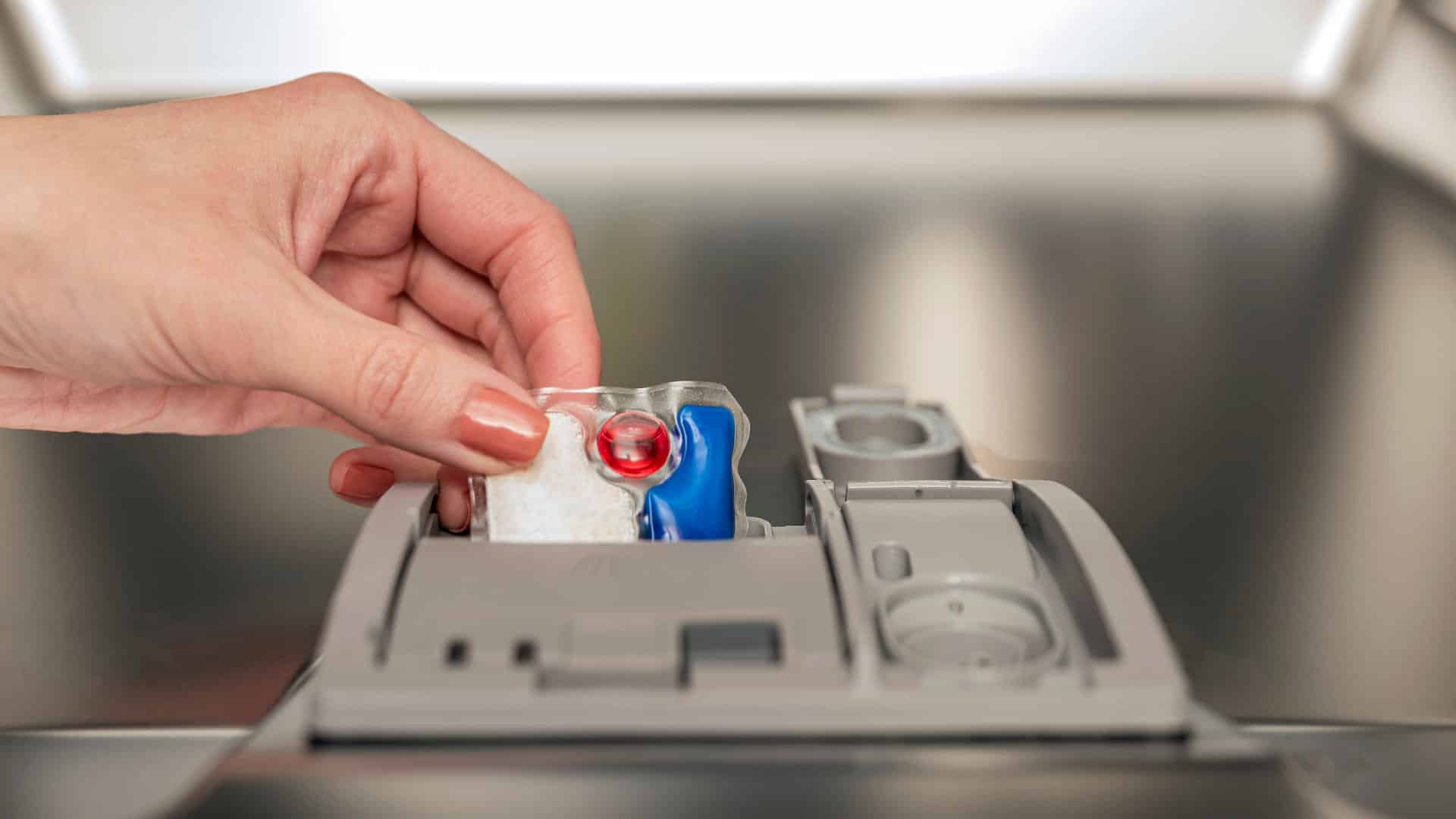
How to Clear E24 Error on Bosch Dishwasher
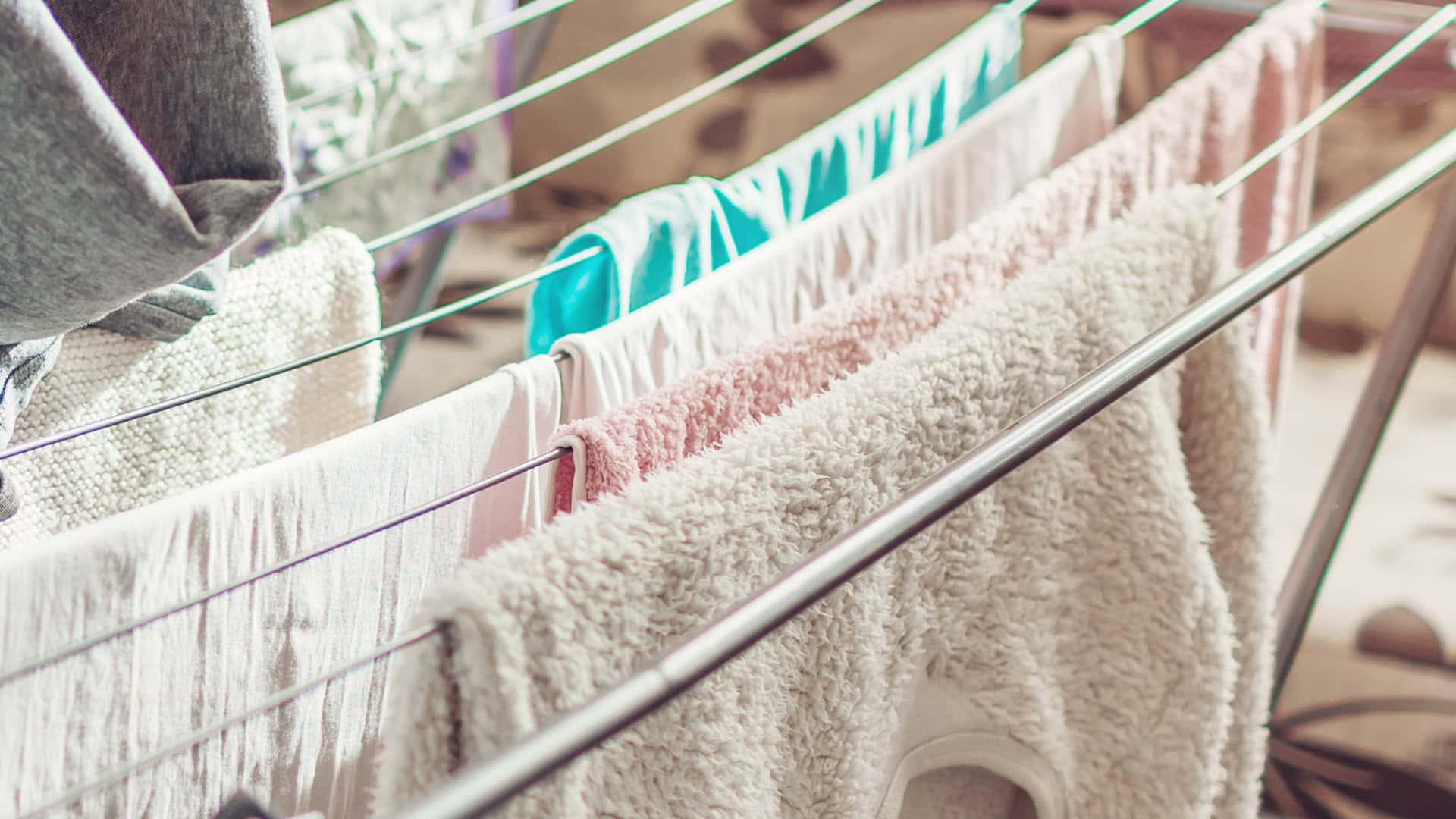
Samsung Dryer Not Heating Properly? (5 Fixes)
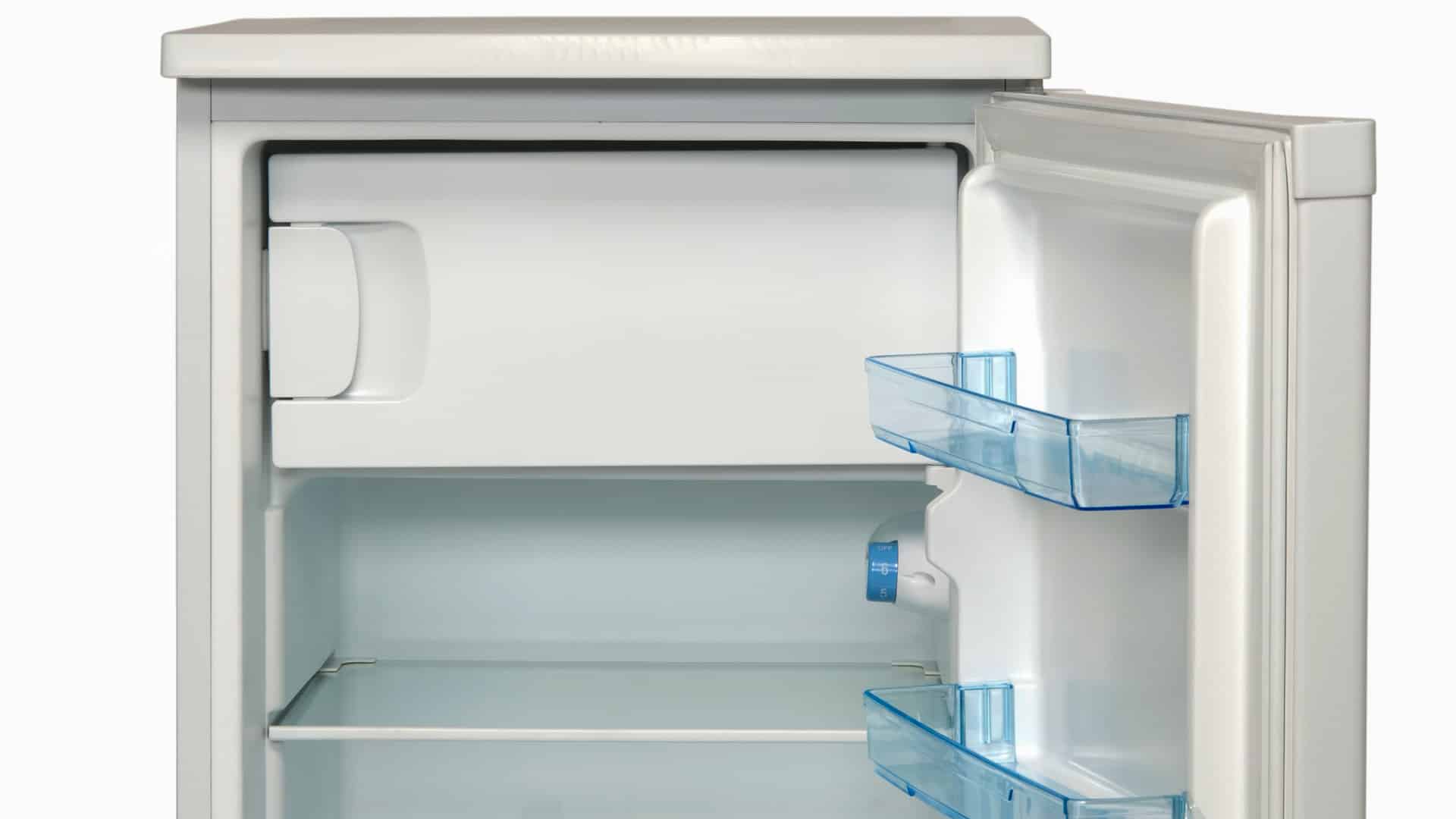
Why Is Your Mini Fridge Not Cooling? (5 Potential Reasons)
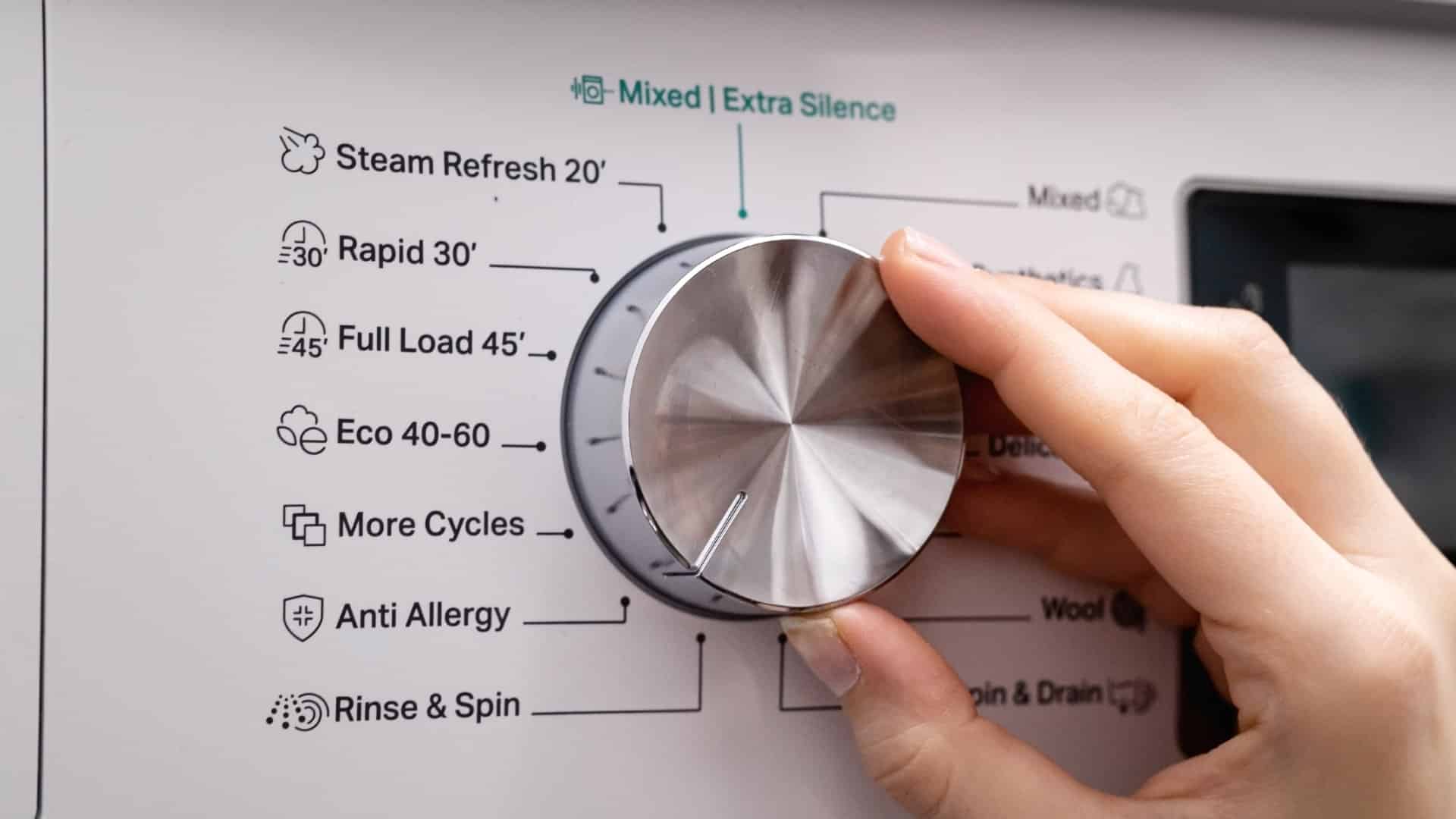
How to Fix Samsung Washer Error Code 4C
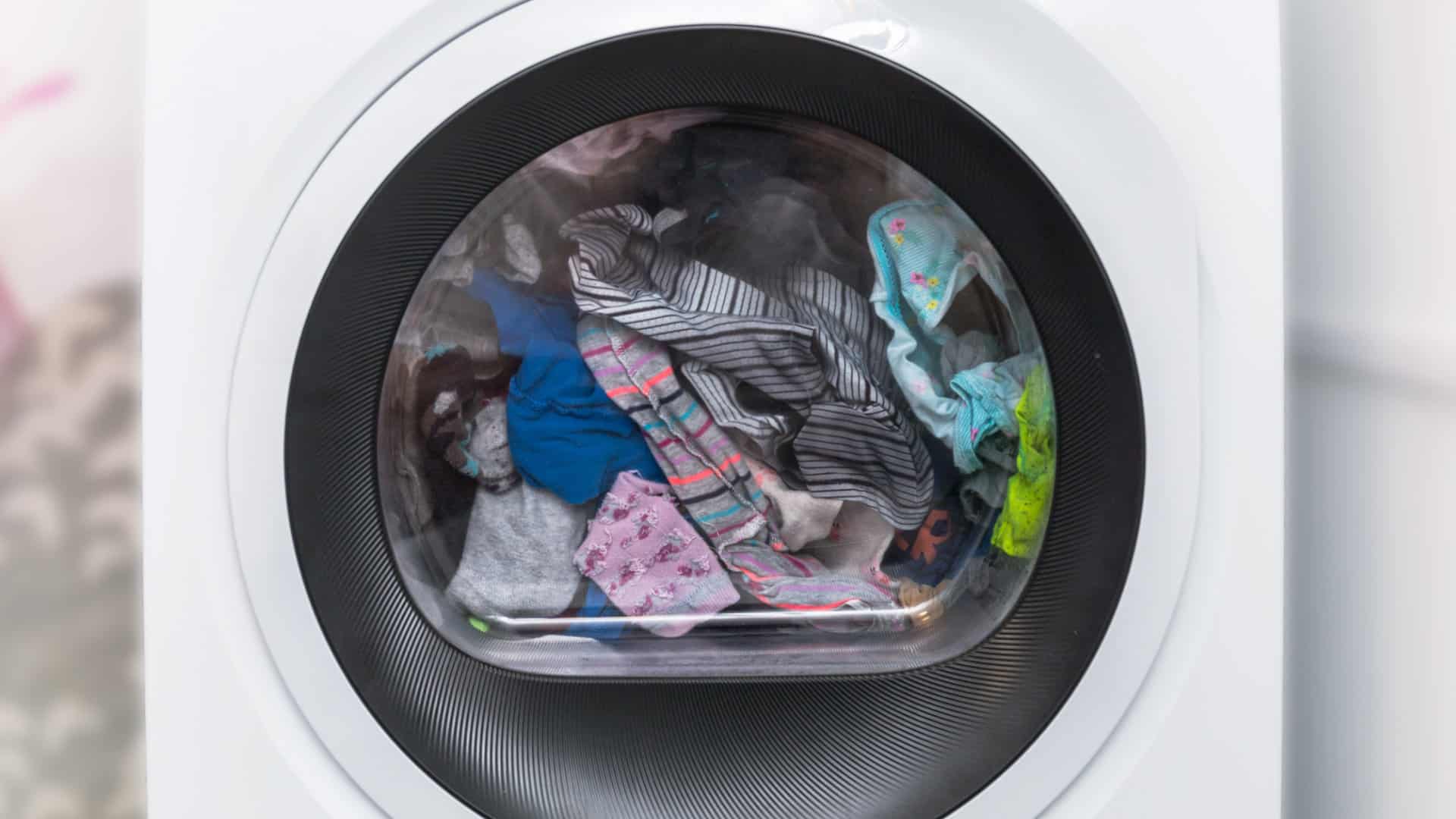
How to Resolve UE Error Code on your LG Washer
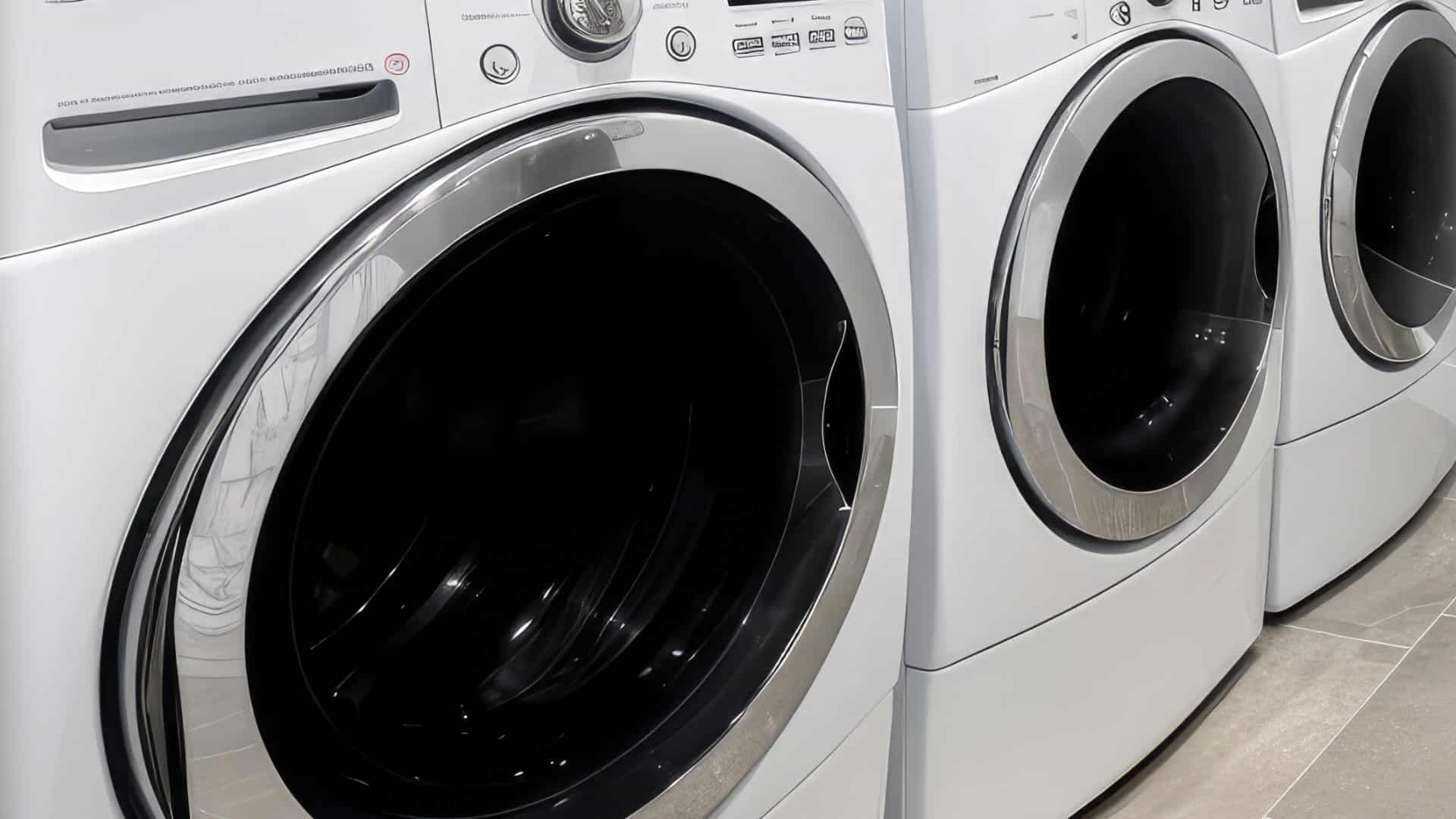
LG Washing Machine Error Codes: How to Fix Them
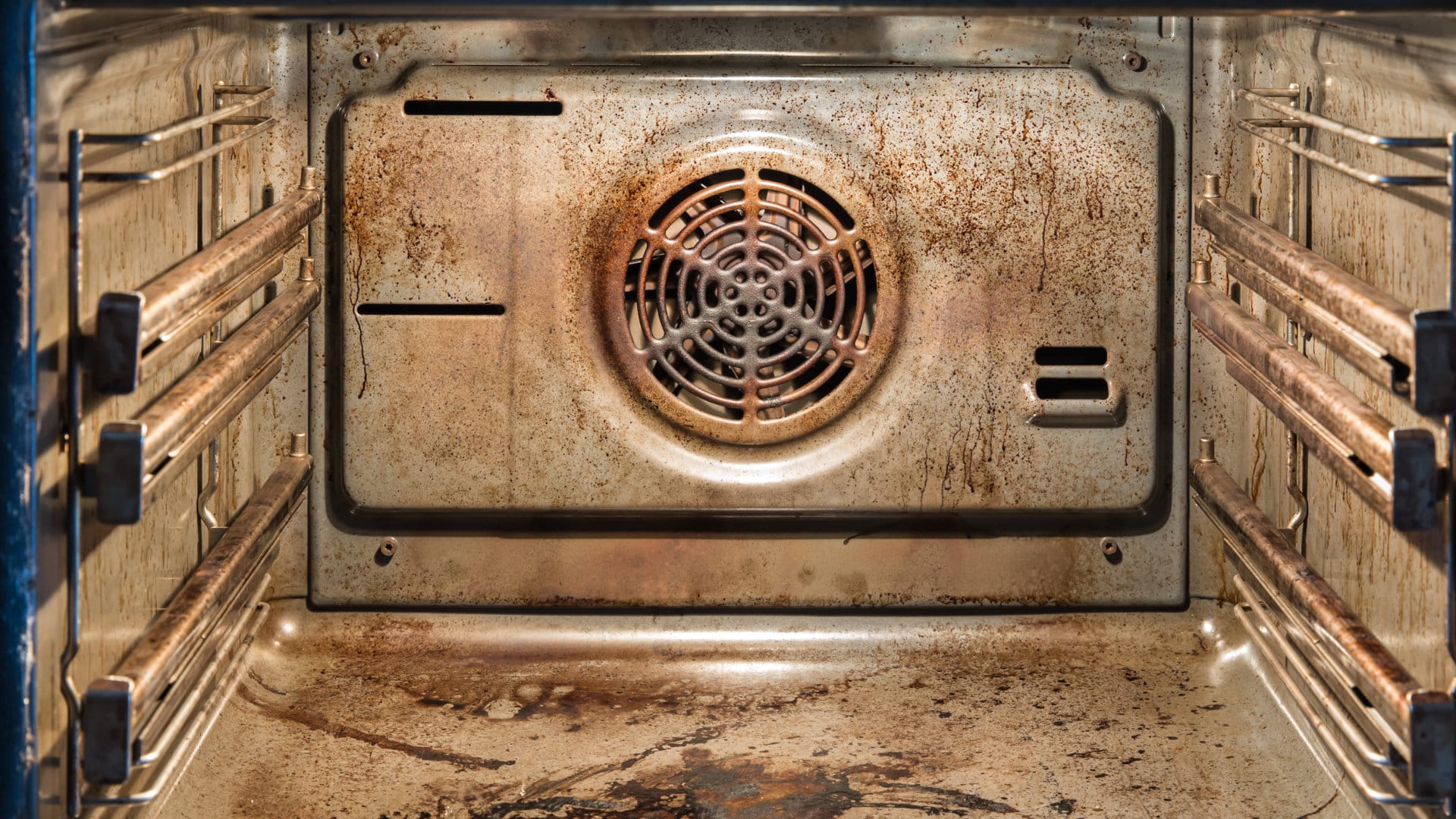
How to Unlock LG Oven Door (After Self-Cleaning)
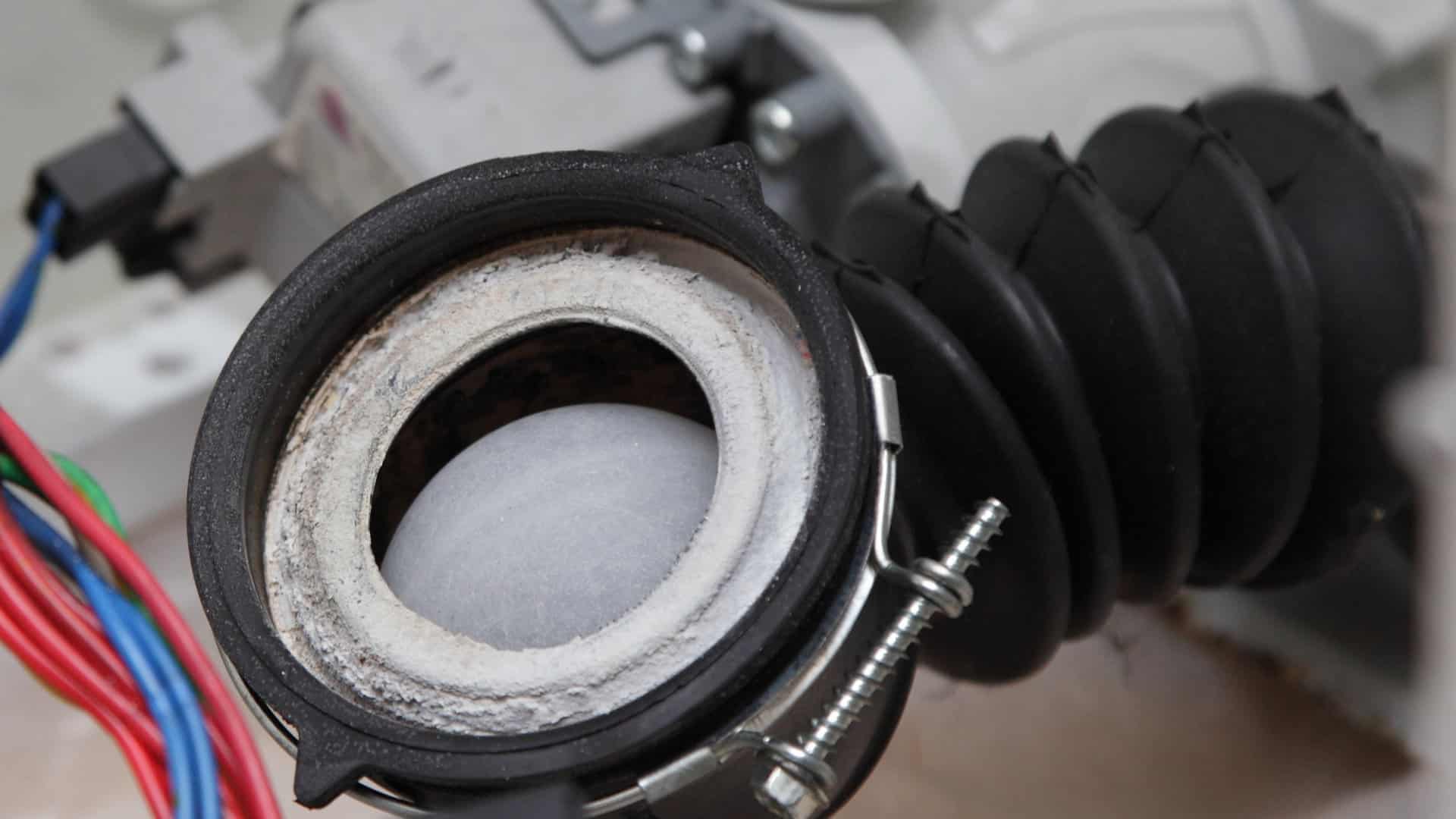
How to Fix LG Washer DE Error Code

Why Your Microwave Is Not Working
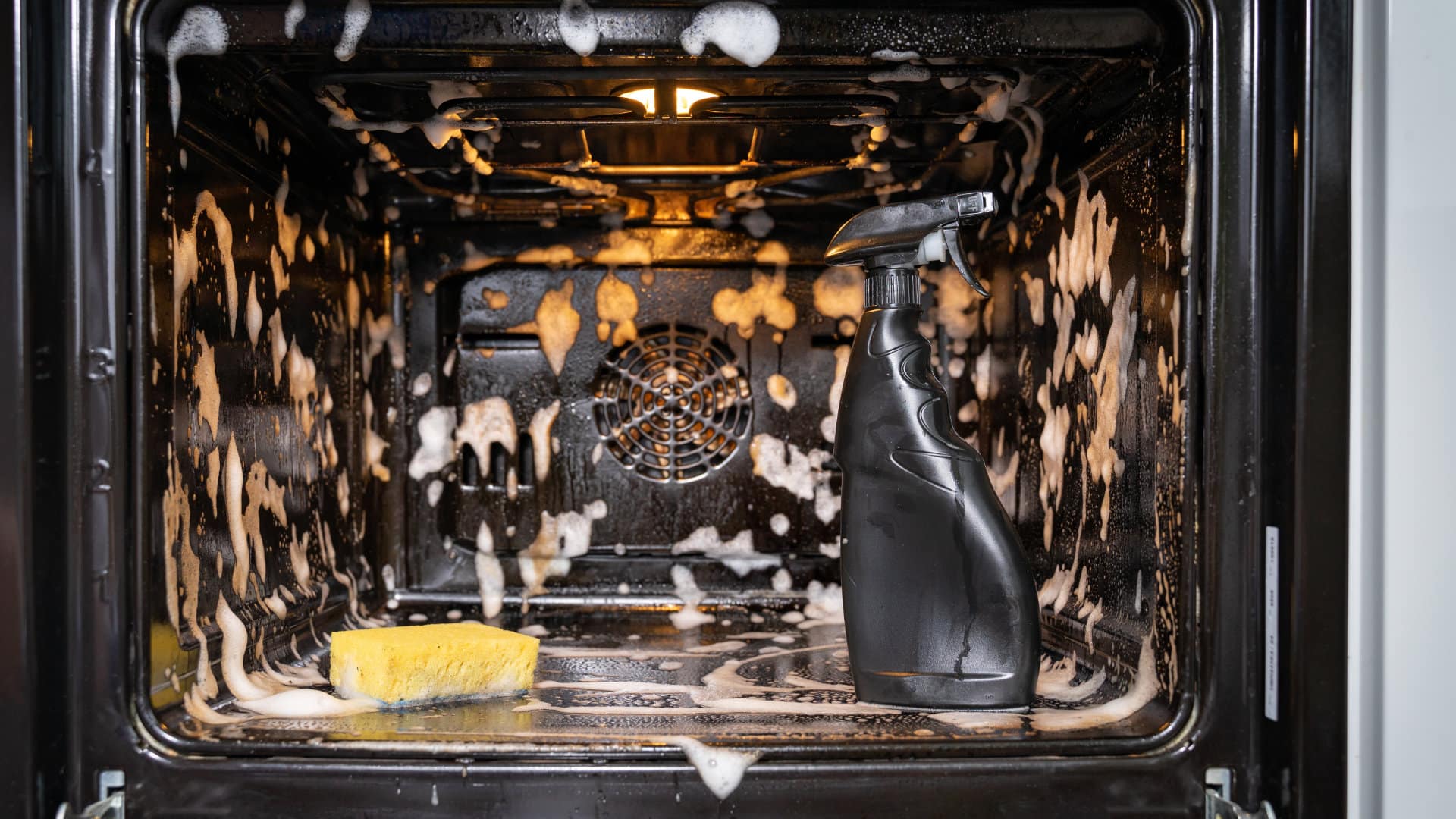
The Quick Guide To Using a GE Self-Cleaning Oven

How to Clean Your Dishwasher with Vinegar

How to Fix a Noisy Refrigerator
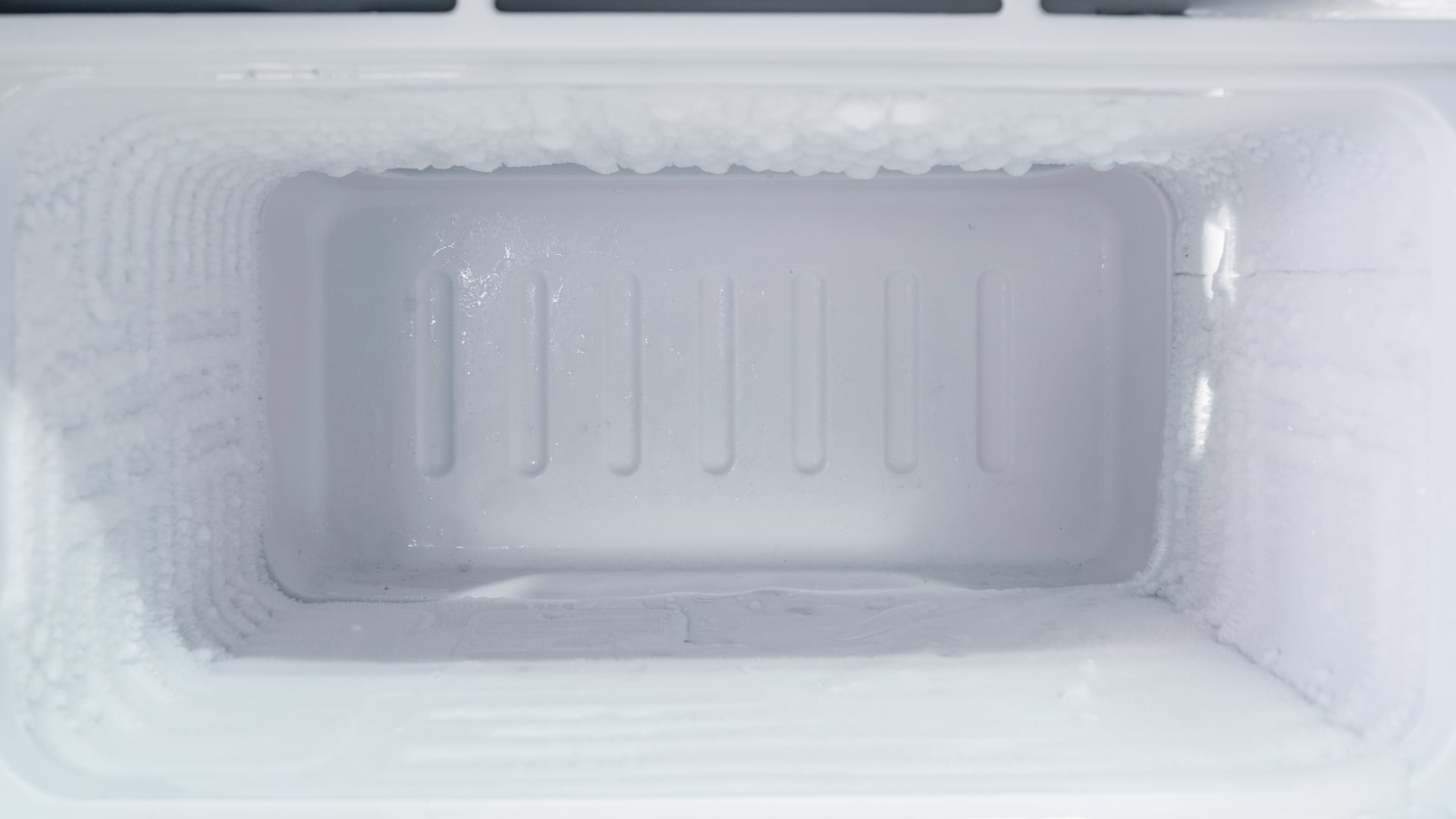
How to Remove Frost Build-up from the Freezer

5 Ways To Clean Your Microwave Naturally


